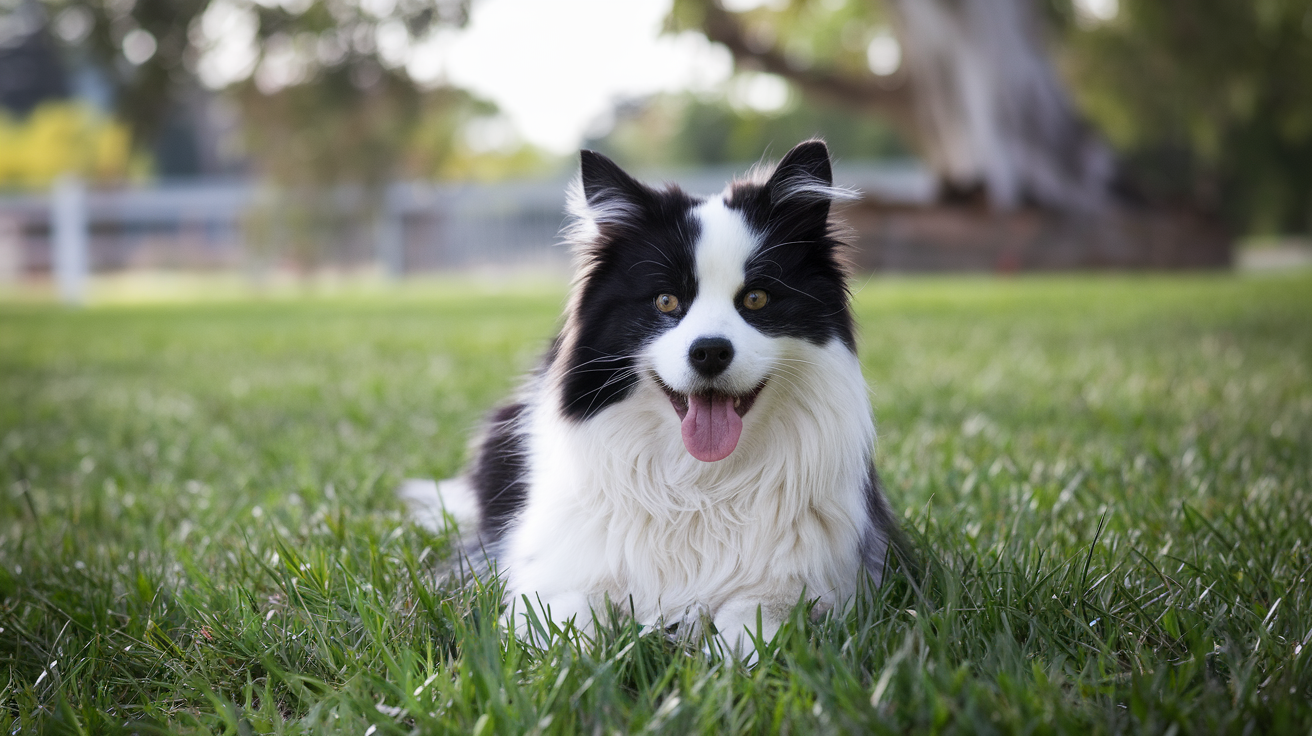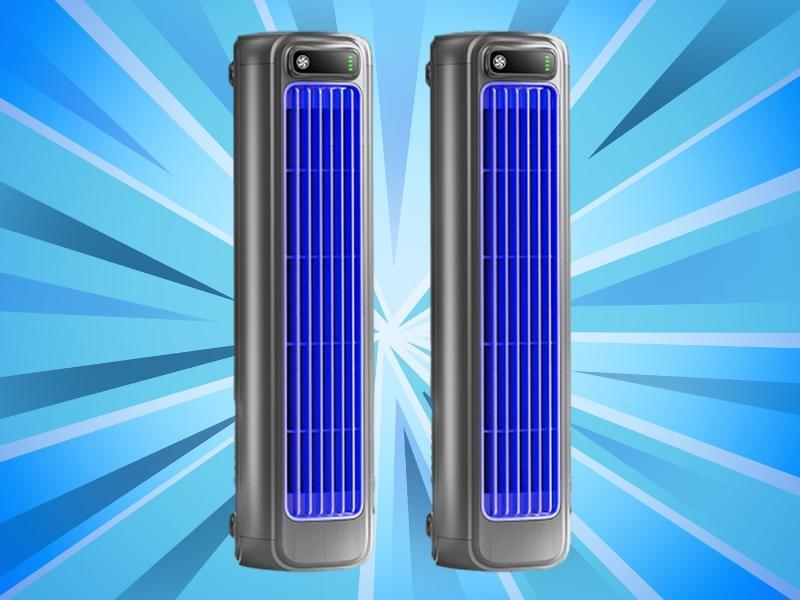Veterinary Dental Services Explained: Cleanings, Extractions, X-Rays, and Orthodontics for Pets

When most pet owners think about health care for their dog or cat, the focus is often on vaccinations, diet, or exercise. However, one area that frequently goes overlooked is dental care. Just like humans, pets can suffer from a wide range of dental problems, from plaque build-up to painful gum disease, and in some cases, more serious conditions that can affect their overall health.
Veterinary dentistry is a specialised field that addresses these concerns, offering services that range from basic cleanings to advanced treatments like dental X-rays and orthodontics. In this blog, we’ll explore the different dental services vets provide, what’s involved in a typical pet dental cleaning, when extractions are needed, and how modern veterinary clinics use tools such as dental X-rays and orthodontics to improve your pet’s wellbeing.
Why Pet Dental Care Matters
Dental disease is one of the most common health issues in pets, particularly as they age. Studies suggest that by the age of three, around 70–80% of dogs and cats show signs of periodontal disease. Left untreated, dental problems don’t just cause bad breath or discomfort—they can lead to infections, tooth loss, and even impact vital organs such as the heart, liver, and kidneys.
That’s why regular veterinary dental care is essential. It not only keeps your pet’s mouth clean and comfortable but also plays a critical role in preventing serious health problems down the line.
What Dental Services Do Vets Provide?
Veterinary dental services are much broader than many pet owners realise. Depending on the clinic and the expertise of the veterinary team, services may include:
-
Routine dental examinations to detect early signs of disease.
-
Professional cleanings to remove tartar and plaque.
-
Tooth extractions for damaged or infected teeth.
-
Dental X-rays to see beneath the gum line.
-
Orthodontic procedures to correct misaligned teeth in some cases.
-
Treatment of oral tumours or trauma in more advanced cases.
Many general veterinary practices offer basic dental services, while more complex procedures may be handled by veterinary dental specialists.
What Is Involved in a Pet Dental Cleaning?
A professional dental cleaning for pets is quite different from a quick brush at home. It is a thorough process designed to clean both above and below the gum line, ensuring the entire mouth is free from disease-causing bacteria.
The Steps of a Pet Dental Cleaning
-
Pre-anaesthetic assessment
Before the procedure, the vet conducts a full physical exam and may recommend blood tests to check your pet’s overall health. This ensures your dog or cat is fit for anaesthesia, which is necessary for safe and effective dental cleaning. -
Anaesthesia
Pets must be placed under anaesthesia for dental cleanings. Unlike humans, animals cannot sit still with their mouths open long enough for a deep cleaning. Anaesthesia also prevents stress and pain while allowing vets to thoroughly examine every tooth. -
Oral examination
Once anaesthetised, the vet can examine the mouth closely, checking for gum disease, broken teeth, abscesses, or any abnormalities that may not be visible in a conscious pet. -
Scaling and polishing
Using specialised instruments, vets remove plaque and tartar from the teeth, including beneath the gum line where bacteria can hide. After scaling, the teeth are polished to smooth the surface and slow down future plaque build-up. -
Fluoride treatment (optional)
Some vets may apply fluoride or other protective treatments to strengthen the enamel. -
Post-procedure care
After cleaning, pets are closely monitored as they recover from anaesthesia. Owners receive detailed aftercare instructions, including when their pet can eat, drink, or resume normal activities.
Why Anaesthesia is Necessary
Some pet owners worry about the risks of anaesthesia. While every procedure carries some level of risk, modern veterinary practices use advanced monitoring systems and safe protocols. The benefits of a proper dental cleaning under anaesthesia far outweigh the risks of untreated dental disease.
Do Vets Offer Tooth Extractions for Dogs and Cats?
Yes. Tooth extractions are a common part of veterinary dentistry, especially for pets with severe dental disease.
When Are Extractions Needed?
-
Broken or fractured teeth that expose the inner pulp.
-
Severe gum disease causing loosening of the teeth.
-
Abscessed or infected teeth that cannot be saved.
-
Retained baby teeth in puppies or kittens that interfere with adult teeth.
-
Oral injuries or trauma leading to damaged teeth.
The Procedure
Tooth extractions are performed under anaesthesia. Depending on the tooth, the procedure may involve simple removal or surgical extraction if the roots are deep or fractured. Pain relief and antibiotics may be prescribed to help recovery.
Recovery
Most pets recover quickly after extractions, often feeling much better once the painful tooth is removed. Owners may need to provide soft food for a short period and monitor healing.
Can Pets Get Dental X-Rays?
Yes—dental X-rays are an important diagnostic tool in veterinary dentistry. Much like in human dentistry, X-rays help vets see below the surface of the gums and inside the teeth, revealing problems that are not visible during a standard exam.
Why Dental X-Rays Are Useful
-
Detecting root abscesses or infections.
-
Identifying bone loss caused by gum disease.
-
Checking for retained roots after extractions.
-
Evaluating jaw fractures or abnormalities.
-
Diagnosing oral tumours or cysts.
Without dental X-rays, vets might miss serious problems hidden beneath the gum line. This makes them an invaluable part of comprehensive dental care, particularly for pets with advanced disease.
What Is Veterinary Orthodontics?
Orthodontics in pets may sound unusual, but in some cases, it can be necessary. Veterinary orthodontics refers to procedures that correct abnormal bite alignments (malocclusions) in animals.
When Is It Needed?
Unlike humans, orthodontics in pets is not performed for cosmetic reasons. It is used only when a misaligned bite causes pain, injury, or difficulty eating. For example:
-
Alower canine tooth growing into the roof of the mouth.
-
Severe overbites or underbites that prevent normal chewing.
-
Teeth that grow at abnormal angles, damaging soft tissue.
Treatment Options
-
Tooth extraction to remove the problematic tooth.
-
Crown reduction to shorten a tooth causing trauma.
-
Orthodontic appliances (such as braces) in rare cases, fitted only by a veterinary dental specialist.
These treatments aim to improve comfort and prevent further health issues rather than enhance appearance.
Home Dental Care and Prevention
While veterinary dental services are essential, prevention starts at home. Regular care can reduce the need for frequent dental procedures. Key preventive measures include:
-
Brushing your pet’s teeth daily with a pet-safe toothbrush and toothpaste.
-
Dental chews and toys are designed to reduce plaque build-up.
-
Special dental diets recommended by vets for pets prone to dental issues.
-
Regular check-ups to catch problems early before they require major treatment.
Final Thoughts
Veterinary dental services go far beyond simple teeth cleaning. From routine examinations and professional cleanings to extractions, X-rays, and even orthodontic care, vets play a critical role in maintaining your pet’s oral and overall health.
Ignoring dental care can lead to pain, infections, and serious systemic illnesses, but with modern veterinary dentistry, these issues are preventable and treatable. By combining professional care with good at-home dental routines, pet owners can ensure their furry companions enjoy healthier, happier lives.
So next time you visit your vet, don’t forget to ask about your pet’s dental health—it’s just as important as vaccinations, diet, and exercise.








